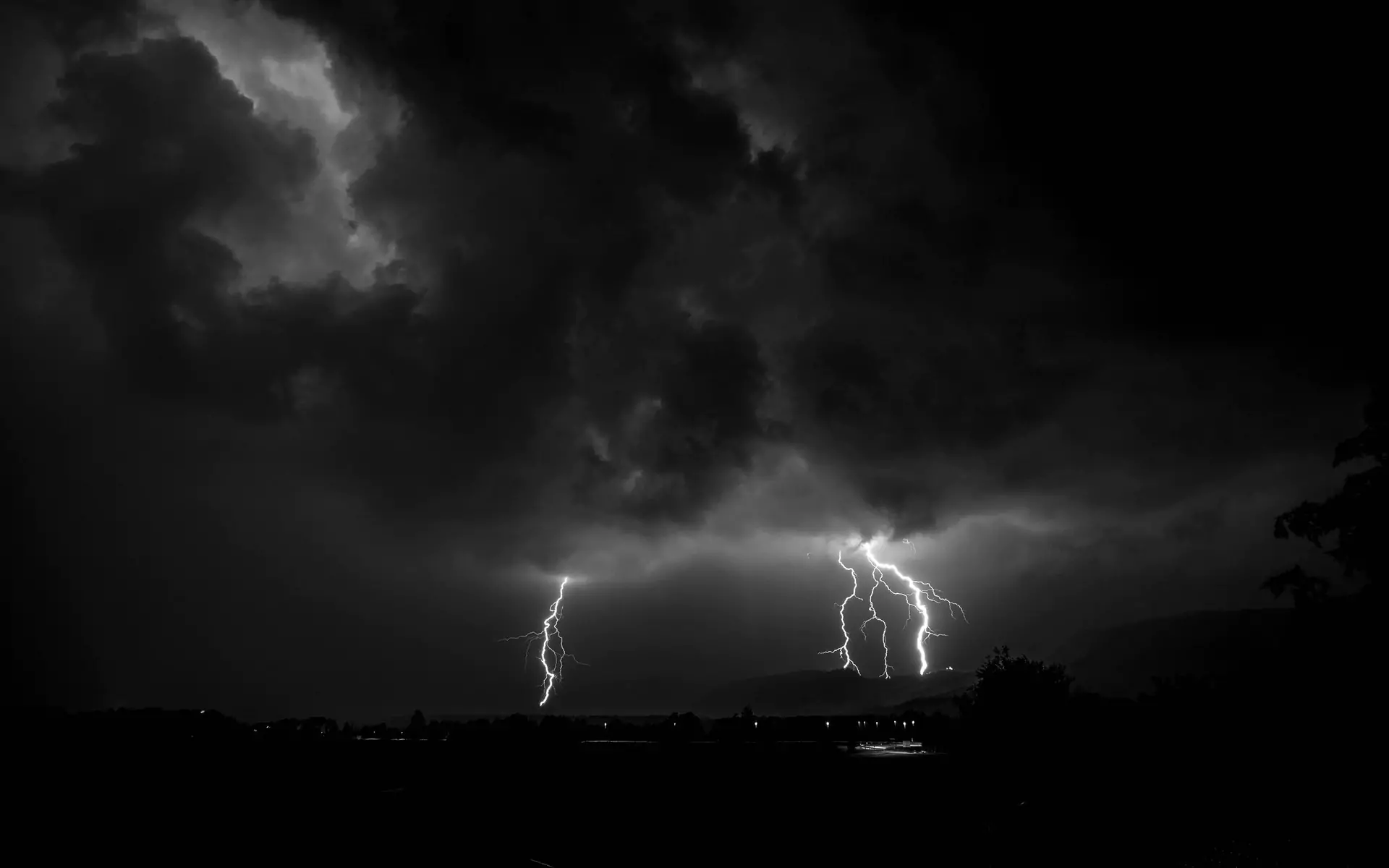Weather is what results when a huge complex system (the Earth's atmosphere) reacts to the effects of an outside source (the sun), while encountering random factors (friction with geography) and limiting factors (gravity).
Climate supplies a long-term view of average weather conditions. What is the weather likely to be in a sure place? Describing climate involves observation of average conditions over a long period of time (30 years or more) while also taking into account the extremes that can be experienced.
Describing the climate of an area includes information about temperature, rainfall, humidity, cloud cover, hours of sunshine, wind speed and direction, and more.
In the same way that we desire to predict the weather, we also are seeking to learn how to predict possible changes in climate. It appears that climates can and do change, but the time scales are much longer than changes in weather.
Weather records in some countries go back as far as 2 centuries, and many countries have reliable weather observations covering more than 100 years. Although this historical information helps us begin to understand climates and climate change, its value is limited when we begin to consider changes that may take area over thousands of years.
Recently developed techniques have given us new insight into historical weather conditions. Natural features like tree rings, ice cores, and coral can be examined to read natural recordings of weather conditions. It is extra-long-term information like this that suggests climate is not unchanging.
As human technology as progressed, we have also introduced another variable into the atmospheric weather system--ourselves. Statistics show that our own activities have an impact on weather and climate. The release of pollutants--both gases and particles--changes the atmosphere and alters the weather. But can these human activities also alter climate? Studies are ongoing. Perhaps only time will tell.
